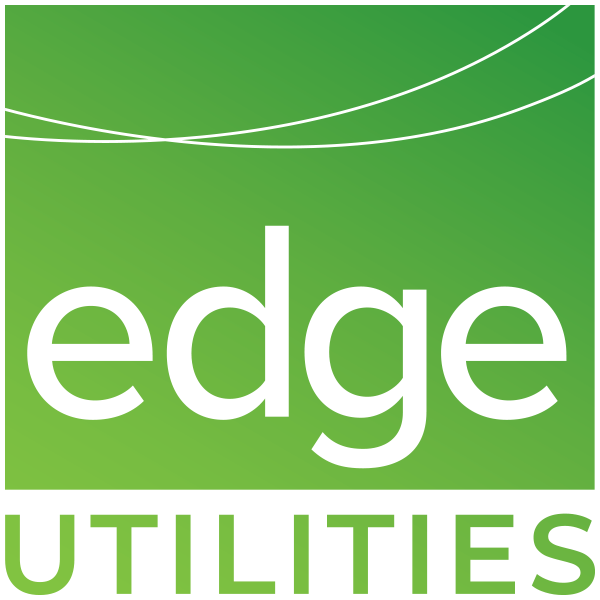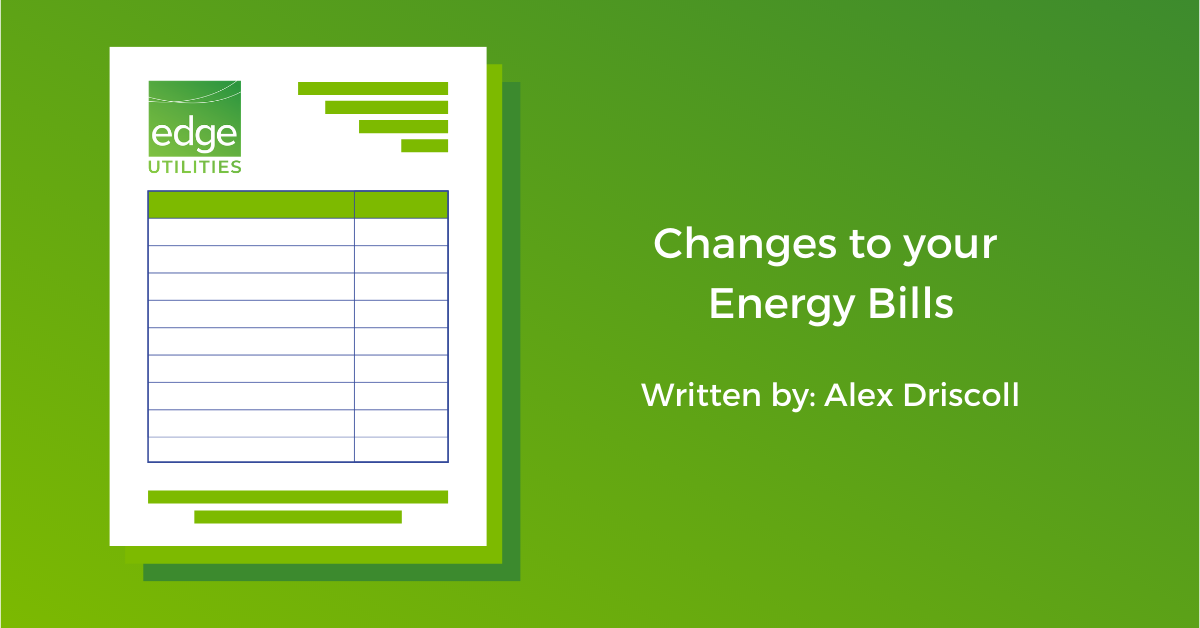On Thursday 27 August 2020, AEMO published its latest Electricity Statement of Opportunities (ESOO), this is a projection of electricity supply reliability in the National Electricity Market (NEM) for the next 10 years.
The ESOO is key in identifying gaps in reliability which could lead to the calling of the Retailer Reliability Obligation (RRO) in the coming 5 years. As the ESOO covers the next 10 years, the second 5 years following the RRO looks closer at forecasts for the major transmission upgrades and the continued development of renewable generation.
This years ESOO has looked at the impact of COVID-19 and how this could impact the outlooks uncertainty. As a result of COVID-19 and the change in generation mix, demand changes and the gas market, it has resulted in AEMO not forecasting any unserved energy (USE) for the coming summer.
This years’ ESOO will require an update if the impact of COVID-19 is rapidly reversed due to a faster return to normal than expected. There are a few points of concern in AEMO’s statement including the delays or deferment of planned outages that could affect reliability over summer. ElectraNet have also reduced the summer rating on the Victoria to South Australia Interconnector in both directions following damage incurred during the bushfires of 2020.
A further downside of the reduced flow across the interconnectors is the further delays of the commissioning of renewable projects across the regions resulting in AEMO needing to deploy Reliability and Emergency Reserve Trader (RERT) to manage the expected unserved energy. The focus following this summer will be the outlook for reliability in New South Wales when Liddell Power Station retires.
The outlook has improved since the 2019 ESOO with the augmentation of the Queensland to New South Wales Interconnector (QNI) in 2022 to 2023 and increase renewable generation development in the region.
Another interesting observation is that by 2025, the minimum operational demand will occur during the middle of the day not the historic period overnight. As previously discussed, this will lead to the challenges of managing voltage, system strength and inertia.
AEMO is working with aggregators of Distributed Energy Resources (DER) to offer services such as increased PV controllability, load flexibility, storage, and load shifting.
Another urgent action for new projects is the requirement to ensure all new distributed PV installations have suitable disturbance ride-through capabilities and emergency PV shedding capabilities.
AEMO is also working with various stakeholder and industry experts to ensure energy supply is protected from the effects of increasing frequency, extremity and scale of climate induced weather events observed in recent years.
The NEM continues to see the connection of a large quantity of renewable generation with 4,300MW of new capacity forecast to be operational this summer, 1,900MW of this is expected in Victoria.
Due to impacts of COVID-19 and increased renewable generation penetration the reliability of thermal generators could remain at the historic lows observed during 2019-2020 or deteriorate further resulting in volatility.

